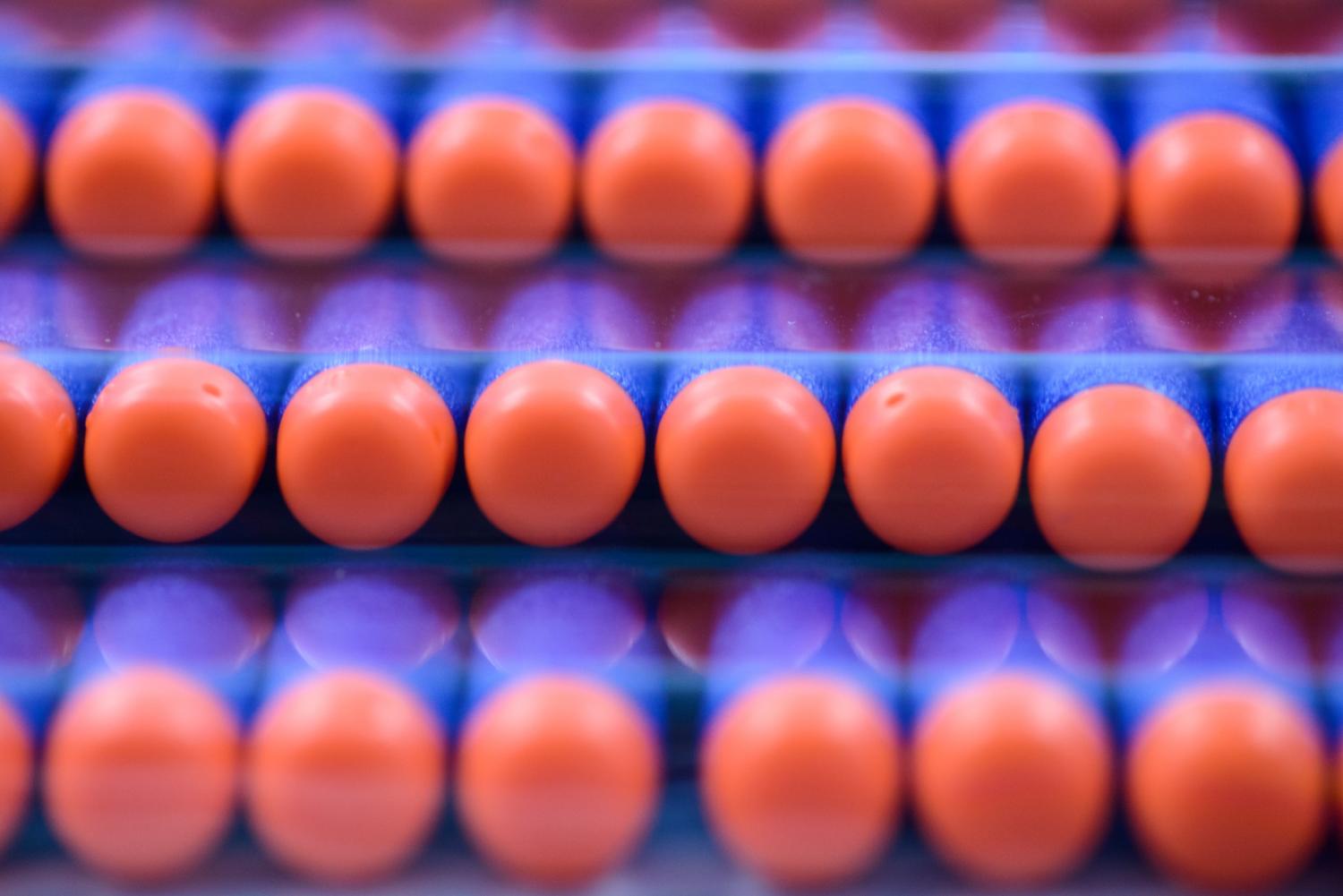
When we hear “recyclables" we think of cans or glass. But toys and games? Maybe not, but the partnership Hasbro has with TerraCycle is now a year old.
Editor's Note: This story is part of an editorial series featuring companies on CR Magazine's 20th annual 100 Best Corporate Citizens ranking, which recognizes outstanding environmental, social, and governance (ESG) disclosure and performance among the Russell 1,000 Index. You can follow the series here.
When people hear “recyclables,” they usually think of soda cans, newspapers or glass bottles. But Koosh balls, Mr. Potato Head accessories, Nerf Darts (shown above) or Play-Doh? Definitely not.
Last April, Hasbro set out to change this by launching a recycling initiative – the first of its kind in the $28-billion-a-year U.S. toy industry. Consumers can collect their “well-loved” Hasbro-branded toys and games and mail them to recycling company TerraCycle using the free shipping label provided at sign up. TerraCycle will then break down the playthings into materials to build play spaces, outdoor furniture, flowerpots and more.
The Hasbro toy recycling program “aligns so well with our purpose to make the world a better place for children and families,” said John Frascotti, Hasbro president, during the 2018 launch of the program. “As a company, we know consumers share our commitment to taking care of our planet for future generations, and we see this as an exciting step in our sustainability journey.”
Almost all Hasbro products are accepted for recycling through this program. The only exceptions are batteries, ride-on toys (like tricycles or scooters) and juvenile products (such as high chairs or bouncy seats). But that broken Furby now technically old enough to vote? It can be recycled! Two dozen assorted game pieces, ranging from Cootie legs to Operation tweezers to Monopoly hotels? Those can also be included in your package to TerraCycle. A detailed list of eligible Hasbro products can be found here.
The challenges of toy recycling
Toys have traditionally been difficult to recycle due to the variety of their composition. Municipal recycling programs almost never accept them, leaving consumers out of options if a toy is too broken or worn to donate. Even if toys are still in working order, they may still end up in the landfill. One-quarter of British parents surveyed admitted they’ve thrown away toys “in perfect working order” for one reason or another, according to BBC News.
As previously mentioned, toys can be made of a variety of materials including plastics, metals, electronics and textiles. These materials must be separated before any processing or recycling can occur. Due to the large scale of TerraCycle’s operations, they are able to separate and reuse the raw materials far more easily than a smaller firm focused on a specific material. As a result, 97 percent of waste collected by TerraCycle (across all its programs) is able to be recycled.
Hasbro is among TerraCycle’s many brand partners. A pioneer in the product-recycling industry, TerraCycle currently has recycling programs for everything from Bausch + Lomb contact lenses to Gillette razors to Brita water pitchers and filters.
(Editor’s note: TerraCycle CEO and founder Tom Szaky was recognized by CR Magazine in 2017 as Most Innovative CEO at the Responsible CEO of the Year Awards.)
Steps toward more sustainable design
The toy recycling program is one of many Hasbro initiatives meant to improve sustainability in products and packaging. Other steps forward in recent years include: Achieving 90 percent recycled or sustainably-sourced paper for packaging and in-box content; inclusion of the How2Recycle labeling on North American product packaging; and a recycling and responsible disposal program for toys returned to the Hasbro Customer Care Center.
Image credit: Eric Kilby/Flickr

Megan is a writer and editor interested in sharing stories of positive change and resilience. She is the author of Show Up and Bring Coffee, a book highlighting how to support friends who are parents of disabled children. You can follow her at JoyfulBraveAwesome.com.














